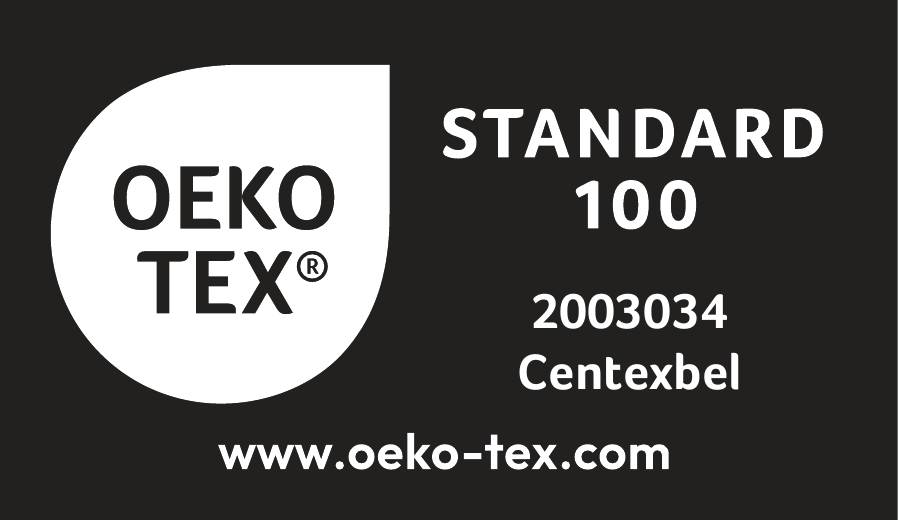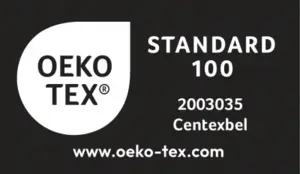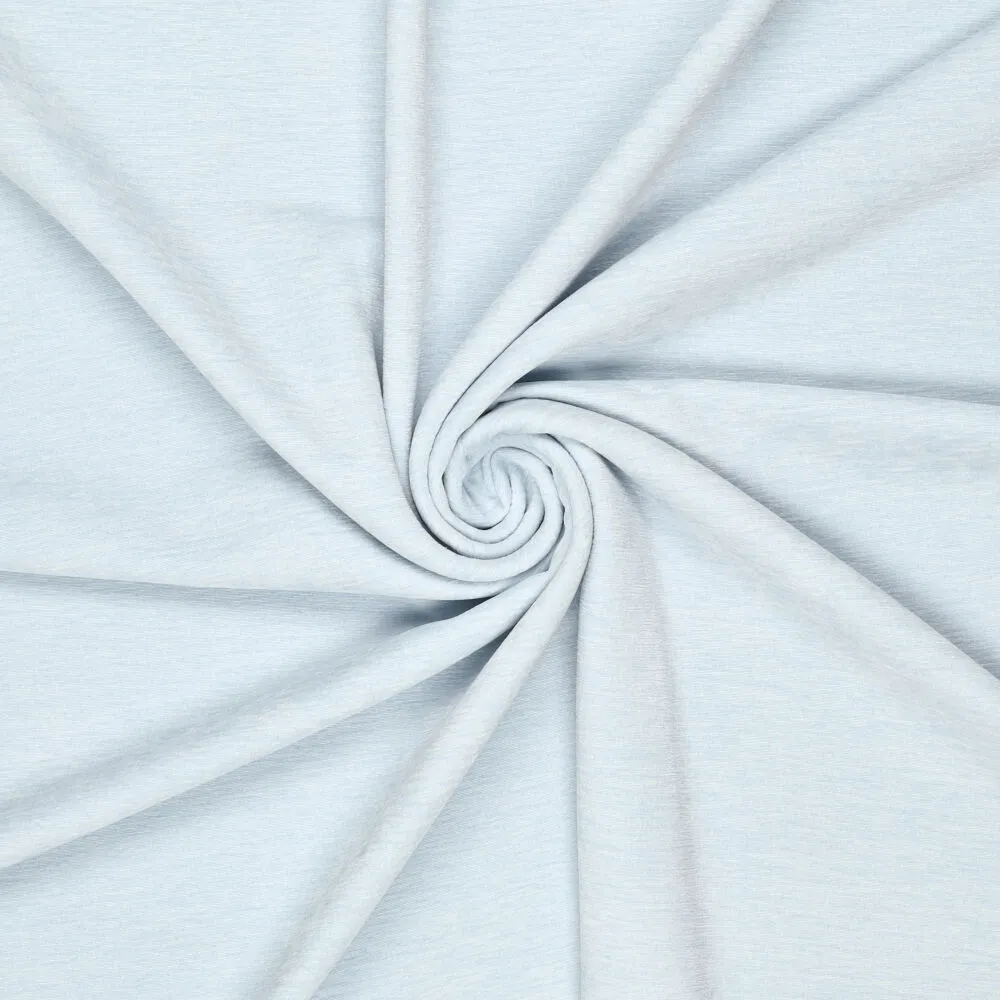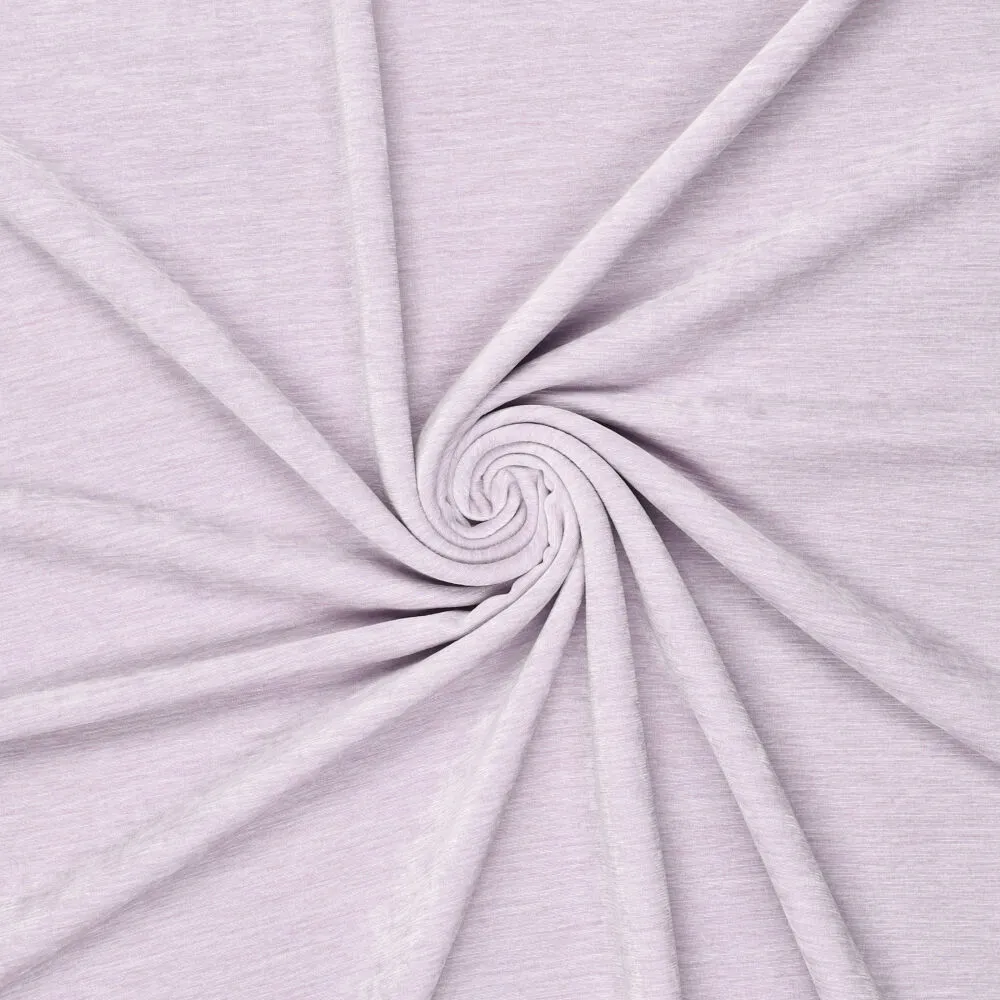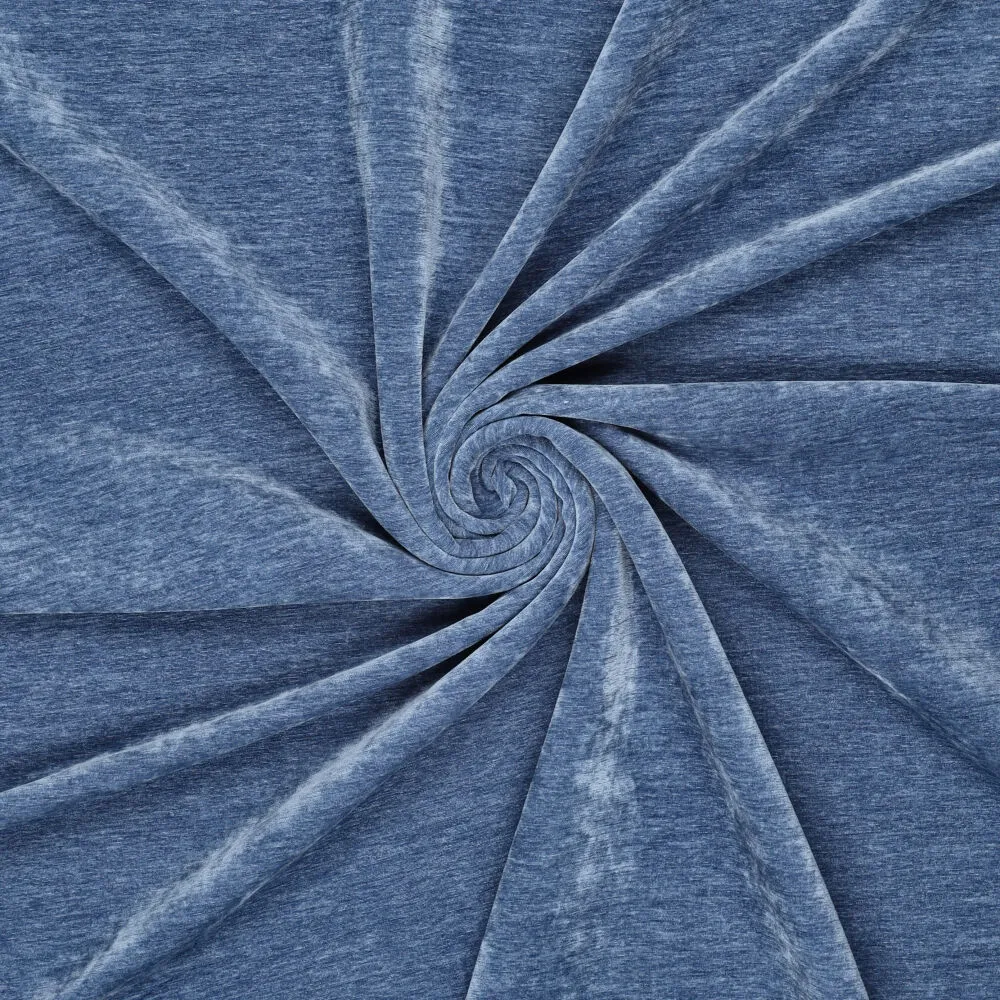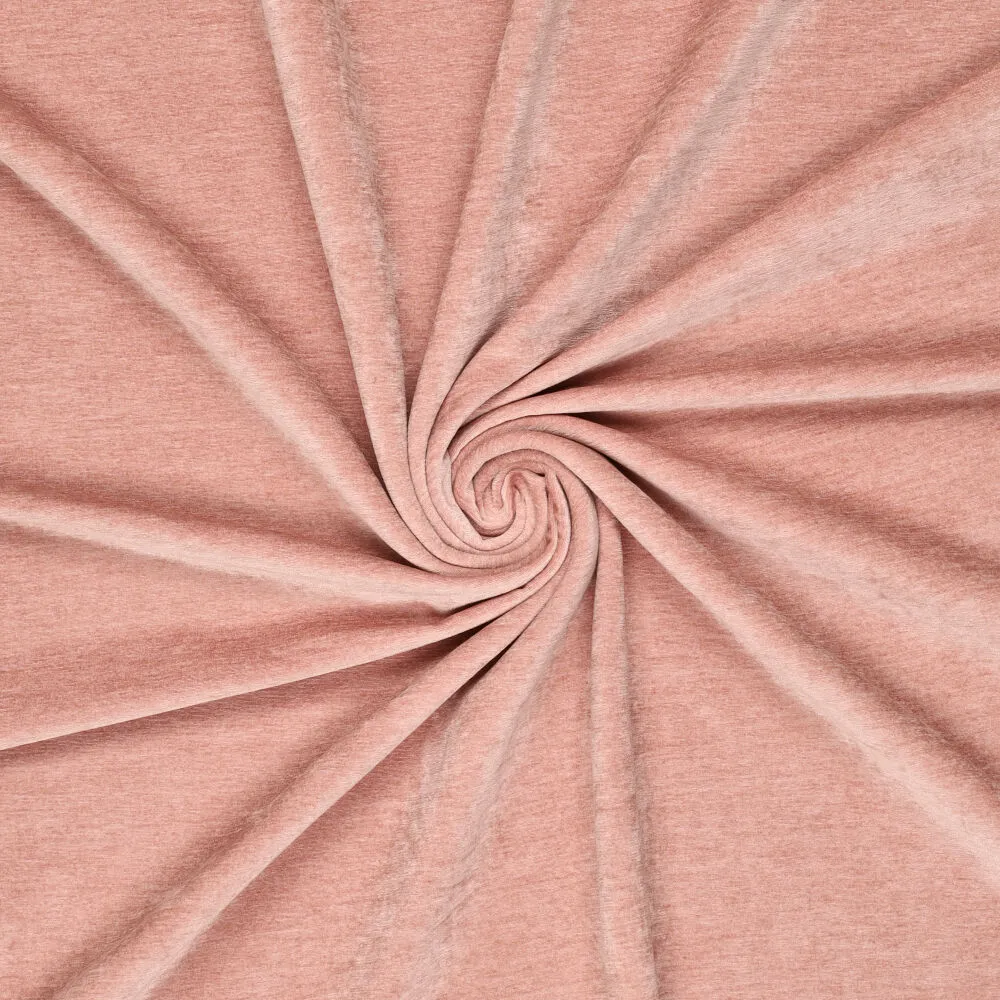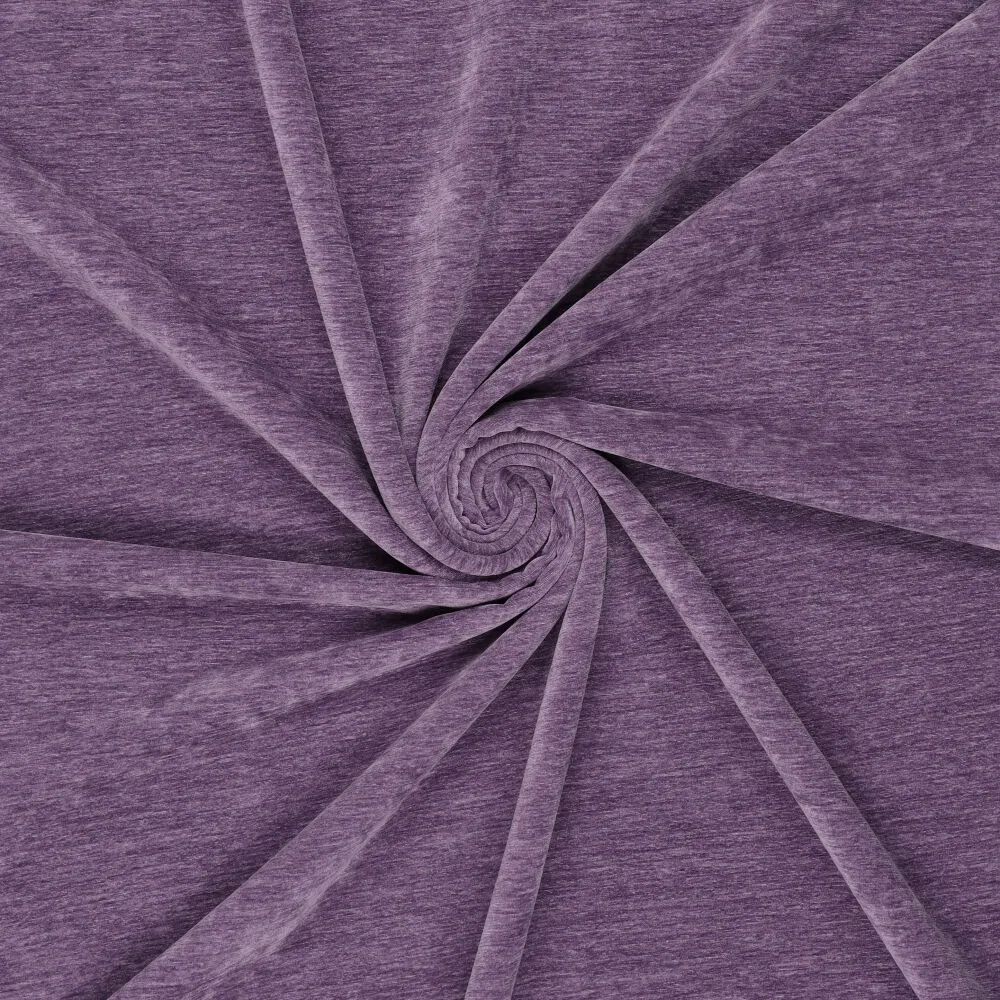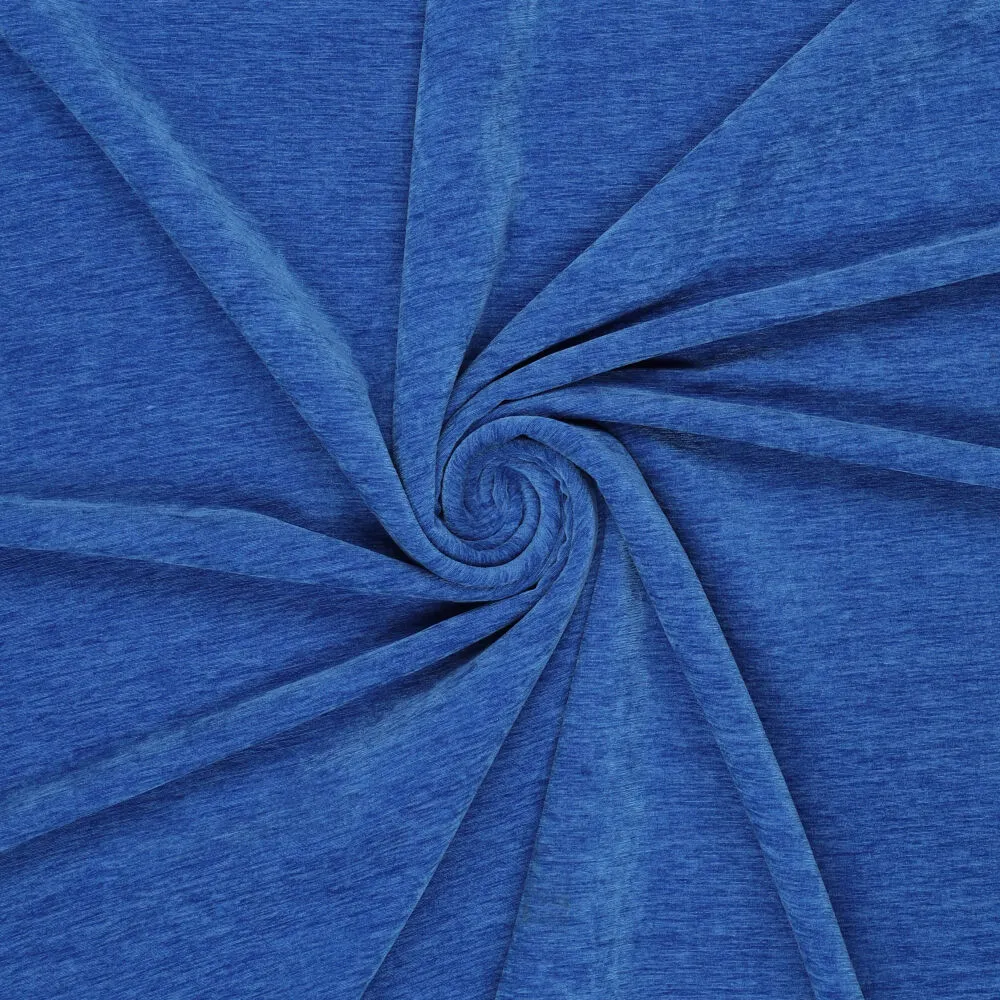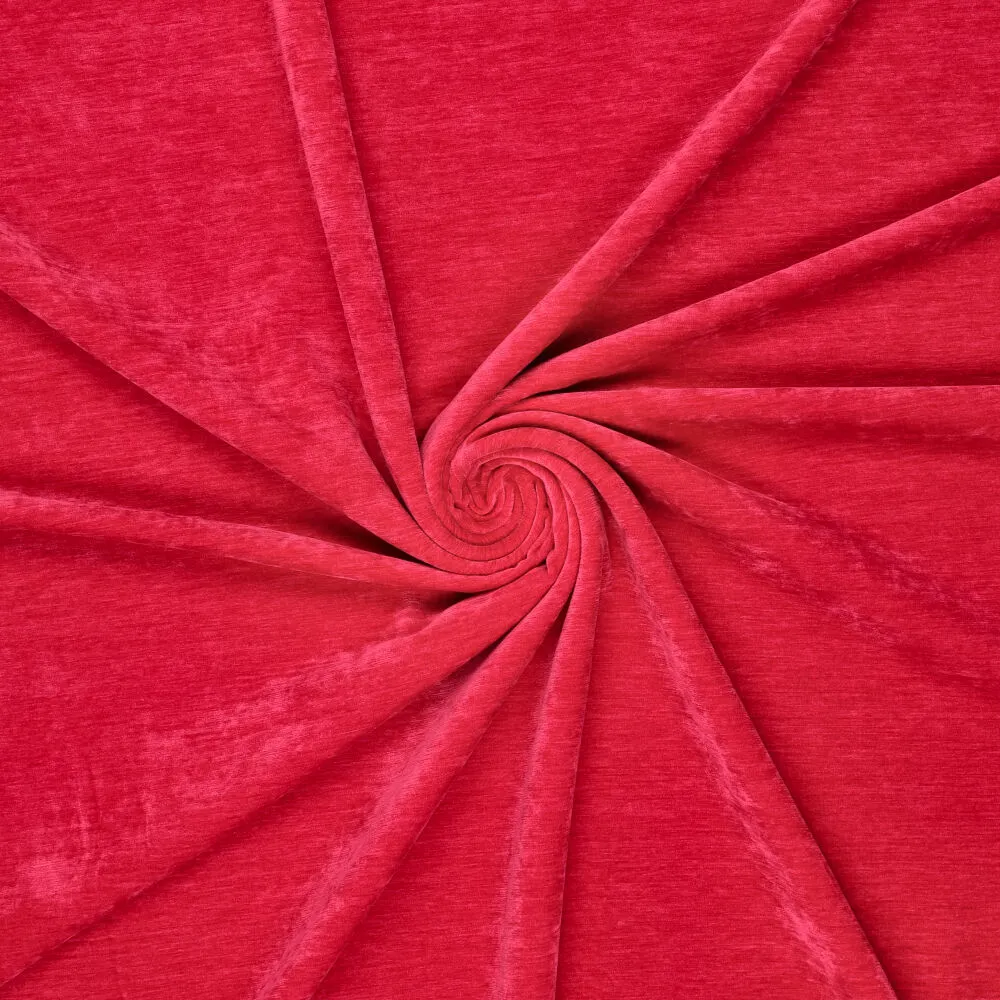
- Tejidos 100% Pure Prints Lino
-
WOVEN
- Show less Show more
-
Denim
Quilted
Algodón
Pana
Viscosa Lino
Jersey
Bambú
Tricot
Muselina
Viscosa
Terry
Travel
Satén
Polares
Cupro
Leather
Latex
Lining
Peach
Nylon
Stepped Lining
Waffle
Stripes
Pique
Charmeuse
Jacquard
Ottoman
Lurex
Bengaline
Rib Cuff
Fur
Sequins
Bordar
Seda
Modal
Poplin
Bi-Stretch
Organza
Workwear
Polyester
Animal Skin
Wool-Touch
Scottish Check
Checks
Chenille
Velours
Dobby
Bubble Chiffon
Chambray
Foil
Double Face
KNITTED
Jeans
Scuba
Lana
Tencel
Rib Knit
Tie-Dye
Velvet
Soft Shell
Taft
Gamuza
Cork
Crushed
Party
Twill
Velboa
Mesh
Lame
Canvas
Rayon
Crêpe
Minky
Bouclé
Dots
Burn-Out
Telas WOVEN
Woven Fabrics
A weave consists of horizontal and vertical yarns woven together. Lengthwise yarns are called warp threads and widthwise yarns are weft threads. These threads can be alternated in different ways, resulting in different types of weaves. There are three main weaves: the plain weave, the twill weave and the satin weave.
The three fundamental weave structures
The plain weave is the most basic weave. Each warp thread passes alternately over and under a warp thread, so warp and weft threads are alternately on top. This weave is stable and consistent.
The twill weave is recognizable by the diagonal lines on a fabric. A weft twill and warp twill can be made with this binding. The weft or warp twill skips a regular number of threads. Therefore, there are fewer places of interlacing than with a plain weave. The weaving points always start one thread higher, they touch each other and form a diagonal line. Compared to the plain weave, the twill weave results in a stronger and thicker fabric.
The satin weave has no visible line. In this weave, yarns are woven closely together. The weaving points do not touch each other, creating a shiny surface. This gloss is only visible on one side of the fabric. The front and back of the satin weave are therefore not the same.

